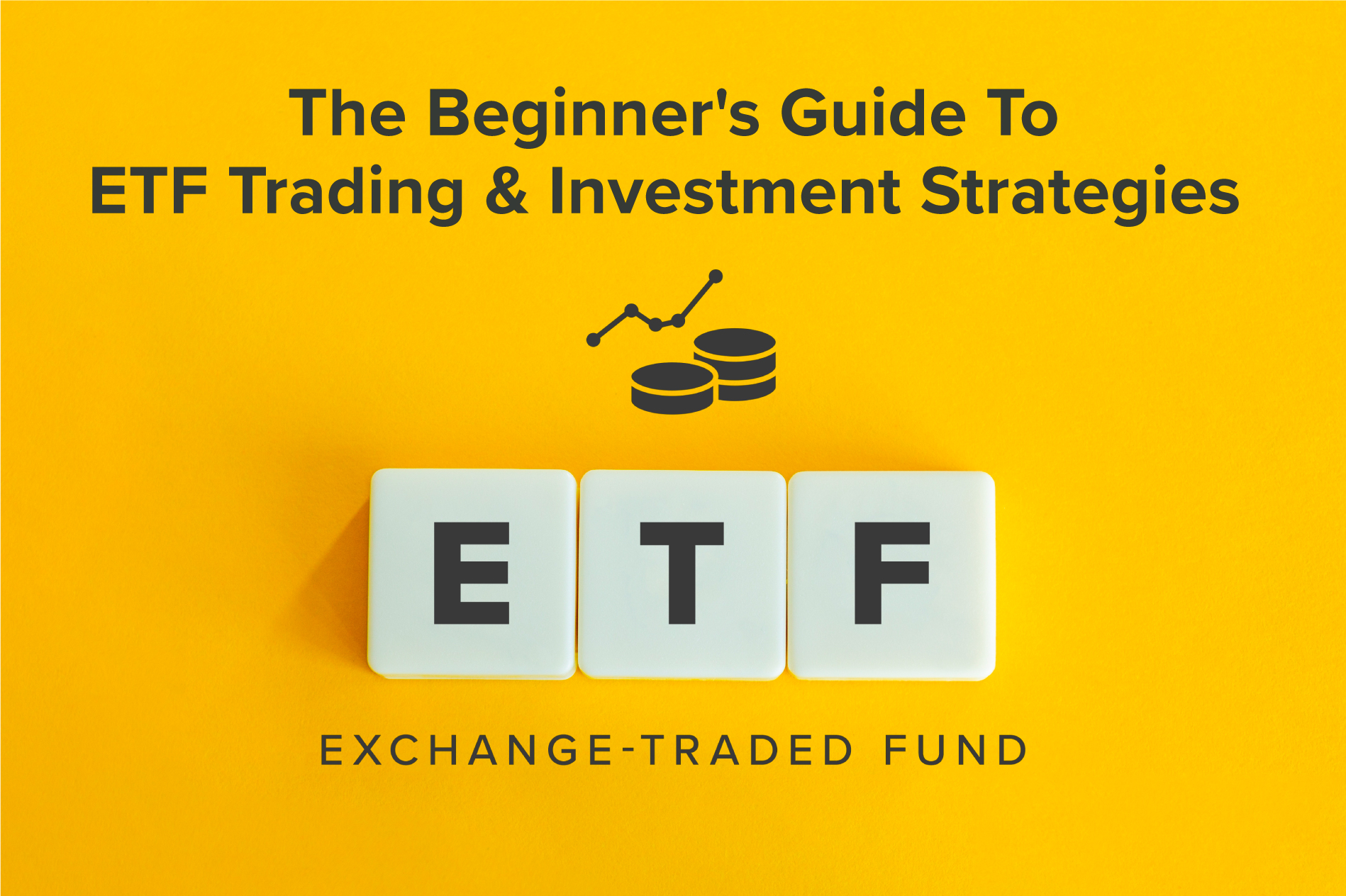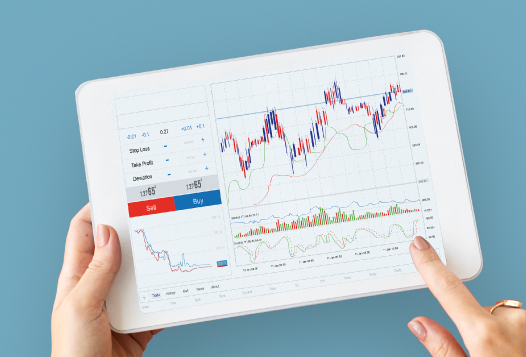Thursday, March 09, 2023
The Beginner's Guide To ETF Trading & Investment Strategies
By Century Financial in 'Blog'

.jpg)
Your investment consultant would have told you that Exchange Traded Funds (ETFs) are ideal for beginners. After all, it has multiple benefits, like diversification with a low expense ratio and low investment threshold. However, like any investment, investing in ETFs also requires a clear understanding of investment options and strategies.
Let's first understand what ETFs are. ETFs are financial securities that could include stocks, commodities or other assets that usually track a benchmark to measure their performance. These funds are based on an index, theme or industry.
So how does an ETF work?
All new ETFs must be approved by the financial regulator in the market. For example, in the US, it needs approval from the Securities and Exchange Commission (SEC). ETFs are traded on the stock market, where investors can buy units from the fund the same way they would purchase shares of a company. You will get indirect ownership of the fund's securities as an investor. The process of buying and redeeming units by investors ensures that the price of the ETF stays in line with its NAV.
What are the types of ETFs?
The types of ETFs vary based on asset classes and investment approaches. Some of the main types of ETFs include:






What is ETF trading? How can it benefit your portfolio?
The underlying value of the assets included in the ETF portfolio defines the fund's Net Asset Value (NAV). Each ETF also has the benchmark of the index, sector or commodity that it tracks.
Reasons the price of ETF units fluctuates:



If you've chosen to invest in ETFs, the next step is selecting an investment strategy that serves your goals, risk profile and investment duration. Here are the 6 best ETF trading strategies to help you get started:
Dollar-cost averaging

This trading strategy requires you to buy a set fixed-dollar amount through an ETF on a regular schedule, without regard for the prices rising or falling. As a result, this is best suited for stable, fixed-income investors with enough monthly savings.

Asset allocation
This trading strategy will help expose your portfolio to different asset categories like stocks, commodities, bonds and cash. The asset allocation can be adjusted according to changes in your lifestyle. While a young 20-year-old might be able to afford risks and invest more in equity ETFs, an older 50-year-old might lower the risk and choose to invest in fixed-income bond ETFs.
Swing trading

ETFs can capitalize on large swings in an asset price because they have enough liquidity with tight bid-ask spreads. So if you know a certain commodity or sector, you can trade in ETFs for that sector for a few weeks till the price difference works up to your expectations.

Sector rotation
If your investment portfolio is too heavy in one sector or focuses only on high-growth sectors, using sector rotation can help keep your portfolio fresh. By identifying different sectors and the various stages they are at in the economic cycle, you can invest in ETFs from that sector.
Seasonal trends

Certain commodities or stocks grow in certain months. For example, gold tends to gain in the months of October and November, primarily due to the demand in India during Diwali. This investment strategy can enable you to benefit from these seasonal market rises; however, these predictions are not always likely to come good.

Hedging
This investment strategy allows beginners to protect their portfolios from downside risks and economic inflation. In addition, by buying put options, ETF investors can get the right to sell a specific amount of a particular security at a predetermined price within a specified time. This can help safeguard your investment during an economic downturn.
An investor can use online trading platforms for ETF investments, especially when they might be done over short periods like a few days or months. While forming your ETF investment portfolio as a beginner, it might be better to get advice from an investment consultant.
Century Financial Consultancy LLC (CFC) is duly licensed and regulated by the Securities and Commodities Authority of UAE (SCA) under license numbers 2020000028 and 301044, to practice the activities of Trading broker in the international markets, Trading broker of the Over-The-Counter (OTC) derivatives and currencies in the spot market, Introduction, Financial Consultation and Financial Analysis, and Promotion. CFC is a Limited Liability Company incorporated under the laws of the UAE and registered with the Department of Economic Development of Dubai (registration number 768189).
CFC may provide research reports, analysis, opinions, forecasts, or information (collectively referred to as Information) through CFC’s Websites, or third-party websites, or in any of its newsletters, marketing materials, social media, individual and company e-mails, print and digital media, WhatsApp, SMS or other messaging services, letters, and presentations, individual conversations, lectures (including seminars/webinars) or in any other form of verbal or written communication (collectively referred to as Publications).
Any Information provided in this publication is provided only for marketing, educational and/or informational purposes. Under no circumstances is any Information meant to be construed as an offer, recommendation, advice, or solicitation to buy or sell trading positions, securities, or other financial products. CFC makes no representation or warranty as to the accuracy or completeness of any report or statistical data made in or in connection with this Publication and accepts no responsibility whatsoever for any loss or damage caused by any act or omission taken as a result of the use of the Information.
Please refer to the full risk disclosure mentioned on our website.















